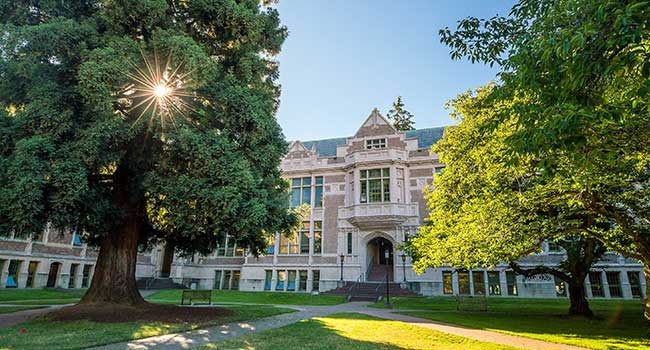
University of Washington Releases Safety App
The University of Washington police department announced last week the launch of a new campus safety app. The app, SafeZone, allows users to connect with UWPD dispatch and other local emergency resources.
- By Jessica Davis
- October 05, 2018
The University of Washington police department announced last week the launch of a new campus safety app. The app, SafeZone, allows users to connect with UWPD dispatch and other local emergency resources.
According to Chief John Vinson, the Student Safety Advisory Board and other student groups had long discussed the idea of a safety app for use on campus. Vinson said that SafeZone was the app that best fit the needs of UW’s population, and that the extensive testing it had already undergone helped build confidence in its functionality.
“Being able to evaluate what’s working was really important in the decision process,” Vinson said. “The UW is really wanting to be a leader in innovative safety practices. It’s an elevating role the UWPD and the university have in ensuring that the campus community is safe. This has been a long time coming.”
SafeZone’s app design makes call buttons for emergencies, first aid and non-emergency questions readily available. Hitting these buttons alerts UWPD dispatch, sharing the user’s location on their campus SafeZone map and letting dispatch know to call the user if the user has not already contacted by phone. There is also the option of a chat function in case a caller is unable to talk.
According to UWPD community engagement officer Dahmar Smiles, standard UWPD procedure requires that even if a caller says they do not actually need assistance, an officer must still verify in-person that the situation is OK.
The SafeZone app also sends relevant alerts to users who have “checked in,” or voluntarily shared their on-campus location with dispatch. Smiles said check-ins more accurately reflect who’s on campus, and could allow UWPD to send emergency alerts directly to people in an affected area, potentially allowing them to get to a safe location more quickly.
Smiles referred to SafeZone as a “one-stop shop” for anything related to campus safety. When the user is on the UW campus, the app has a bar near the top of the screen containing buttons for further safety-related contacts and information. UWPD has chosen to include information on UW’s NightWalk safety escort services as well as on how to register bikes and electronics with the police department.
As of Oct. 2, the UWPD reports that more than 2,200 people have downloaded the app and there have been 261 check-ins as well as one real alert with successful police intervention.
About the Author
Jessica Davis is the Associate Content Editor for 1105 Media.